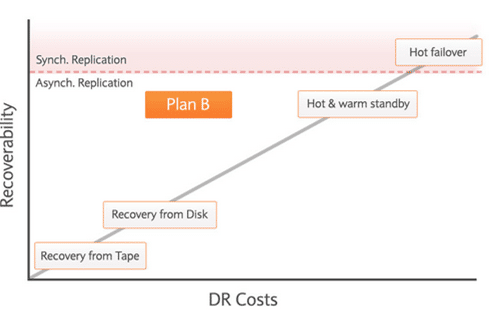Data Center Disaster Recovery
Recent adverse weather conditions across the UK have once again highlighted how factors we cannot control can disrupt business continuity. With 80% of businesses affected by a major incident, either never re-opening, or closing within 18 months, it is worrying to see that only 35% of SMEs have a comprehensive disaster recovery plan in place. While Disaster Recovery (DR) is, at least theoretically, not a difficult process, it requires a sensible and diligent IT manager to devise a clear strategy and plan within the business.
In DR we trust: meeting customers’ expectations.
While your customers might empathize with your situation when disaster strikes, their primary concern is how it will impact their business. Therefore, a DR plan should prioritize the restoration of customer facing services in order to prevent long term damage to your own business. With 75% of businesses shifting towards a hybrid cloud approach before 2015 and technologies enabling cloud workload portability emerging, the process of safeguarding data, building in resilience and rapidly restoring services is arguably cheaper and easier to establish than it has ever been before. However, in common with most effective business practices, there are still no shortcuts to the process of assessing risks, planning and then the implementation of this process.
As Tim Dunger, Managing Director at Plan B Disaster Recovery puts it, “in data centers, often companies think that if they have a hosted solution, they have a disaster recovery solution. However, this is often not the case. It’s probably even more important to have an independent DR provider if you’re hosted. In fact, if a data center goes down then they’ll have to recover all their clients at the same time – a massive operation to undertake which will take days to complete.”
Managing services in the cloud requires the application of all of the same basic principles and best practices as on premise systems. The basics like keeping off site back ups still apply, they just look different. You need to control the location of your data in the cloud to be sure you maintain at the very least data center diversity, if not full geographic diversity of your data. Finally, something to keep in mind is to check that your DR provider doesn’t use the same data center you do as this would mean that you would both go down in a flood/fire scenario etc.
As companies awaken to the need for solid disaster recovery plans, this year’s Data Center EXPO (8 – 9 October 2014) will feature seminars and other activities where examples of best practice and the latest technologies will be showcased.




